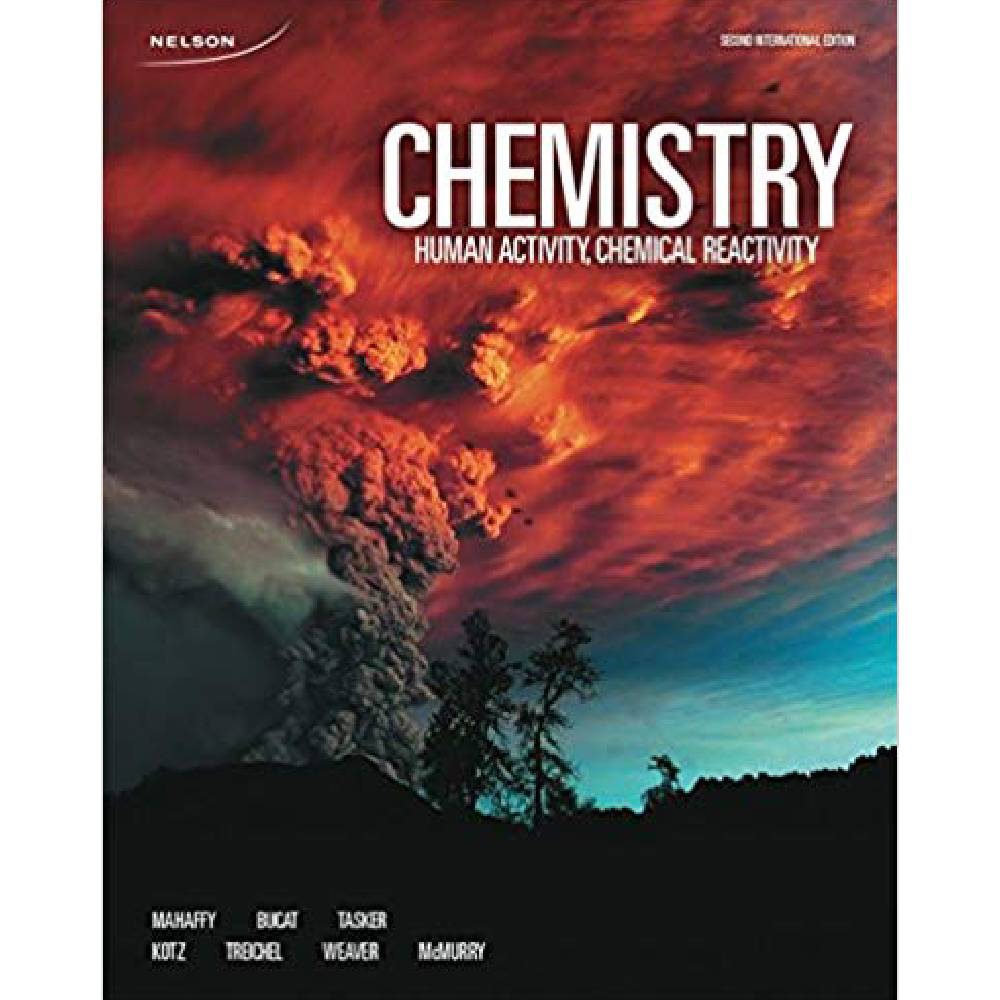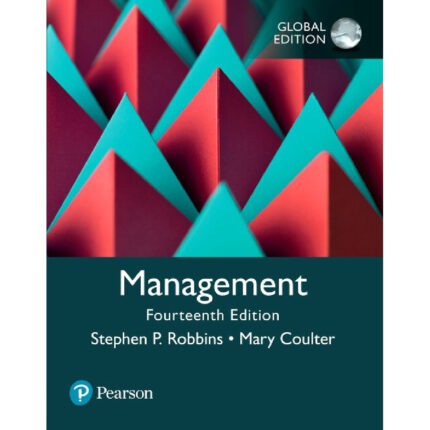Chapter 18—Spontaneous Change: How Fast?
MULTIPLE CHOICE
1. The reaction C12H22O11(s) + 12 O2(g) 12 CO2(g) + 11 H2O(l) is an example of a combustion
reaction. What is the rate of production of carbon dioxide relative to the rate of production of water?
a. Δ[CO2]/Δt = 12 Δ[H2O]/11 Δt
b. Δ[CO2]/Δt = 11 Δ[H2O]/12 Δt
c. Δ[CO2]/Δt = Δ[H2O]/11 Δt
d. Δ[CO2]/Δt = Δ[H2O]/12 Δt
ANS: A PTS: 1 REF: p. 721–725 BLM: Higher Order
2. In a reaction occurring in a solution, which of the following factors would NOT affect the rate of the
reaction?
a. the presence of a catalyst
b. the concentration of the reactants
c. the surface area of the solute in solution
d. the temperature of the solution
ANS: C PTS: 1 REF: p. 725 BLM: Higher Order
3. For the reaction CH4(g) + 2 O2(g) CO2(g) + 2 H2O(l), what can be said about the
exponent(s) in the rate equation?
a. The exponent would be 1.
b. The exponents would be 1 and 2.
c. The exponents cannot be determined when the reaction involves different phases of
matter.
d. The exponents must be determined experimentally.
ANS: D PTS: 1 REF: p. 727 BLM: Higher Order
4. The rate law for a chemical reaction contains three main terms. Which of the following is NOT one of
the major terms?
a. the rate constant
b. the frequency factor
c. the concentrations of the species
d. the partial orders with respect to the reactants
ANS: B PTS: 1 REF: p. 727 BLM: Higher Order
5. How can the rate law for a chemical reaction be determined?
a. by looking at the stoichiometric coefficients
b. by comparing the reaction to another known reaction
c. by experiment
d. by changing one reactant at a time
ANS: C PTS: 1 REF: p. 727 BLM: Higher Order
13. What is the rate of reaction when [HSO5
–
] = [ClO2
–
] = 0.50 mol L–1
?
a. 1.2 x 10–2 mol L–1
s
–1
b. 9.0 x 10–3 mol L–1
s
–1
c. 6.0 x 10–3 mol L–1
s
–1
d. 3.0 x 10–3 mol L–1
s
–1
ANS: C PTS: 1 REF: p. 729–731 BLM: Higher Order
14. For a first-order reaction, A 3 B, the rate constant was found to be 7.6 x 10–4
s
–1
at 25 °C. If the
original concentration of A was 1.75 mol L–1
, what is the concentration of A after 1.00 min?
a. 1.62 mol L–1
b. 1.67 mol L–1
c. 1.70 mol L–1
d. 1.75 mol L–1
ANS: B PTS: 1 REF: p. 732 BLM: Higher Order
15. For a first-order reaction, A B, the rate constant was found to be 3.4 x 10–4
s
–1
at 23 °C. After 5.0 h,
the concentration of A was found to be 0.00018 mol L–1
. What was the original concentration of A?
a. 0.082 mol L–1
b. 0.0040 mol L–1
c. 0.00020 mol L–1
d. 0.00018 mol L–1
ANS: A PTS: 1 REF: p. 732 BLM: Higher Order
16. For a first-order reaction, A B + C, 15% of A was consumed after 10 min. How much of A was
consumed after 30 min?
a. 61%
b. 55%
c. 45%
d. 39%
ANS: D PTS: 2 REF: p. 732 BLM: Higher Order
17. For a first-order reaction, A 2 B, 75% of A remained after 42 s. If the original concentration of A
was 0.117 mol L–1
, what is the rate of the reaction in mol L–1
s
–1
after 2 min?
a. 3.5 x 10–4 mol L–1
s
–1
b. 6.0 x 10–4 mol L–1
s
–1
c. 8.0 x 10–4 mol L–1
s
–1
d. 6.8 x 10–3 mol L–1
s
–1
ANS: A PTS: 3 REF: p. 732 BLM: Higher Order
18. In a second order reaction, 2 A B, the rate constant was found to be 3.72 x 10–1 L mol–1 min–1
. If the
initial concentration of A was 0.82 mol L–1
, what was the concentration of A after 45 min?
a. 0 mol L–1
b. 4.4 x 10–8 mol L–1
c. 5.6 x 10–6 mol L–1
d. 1.4 x 101 mol L–1
ANS: C PTS: 1 REF: p. 733–734 BLM: Higher Order













Reviews
There are no reviews yet.